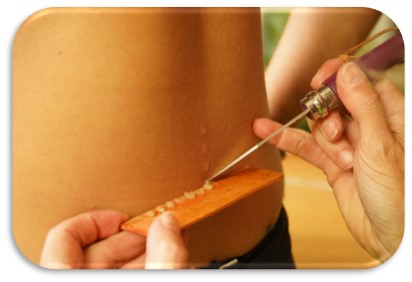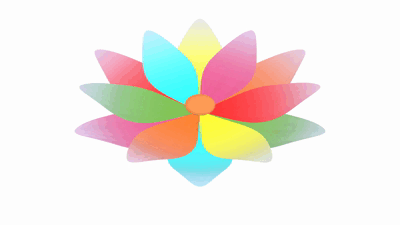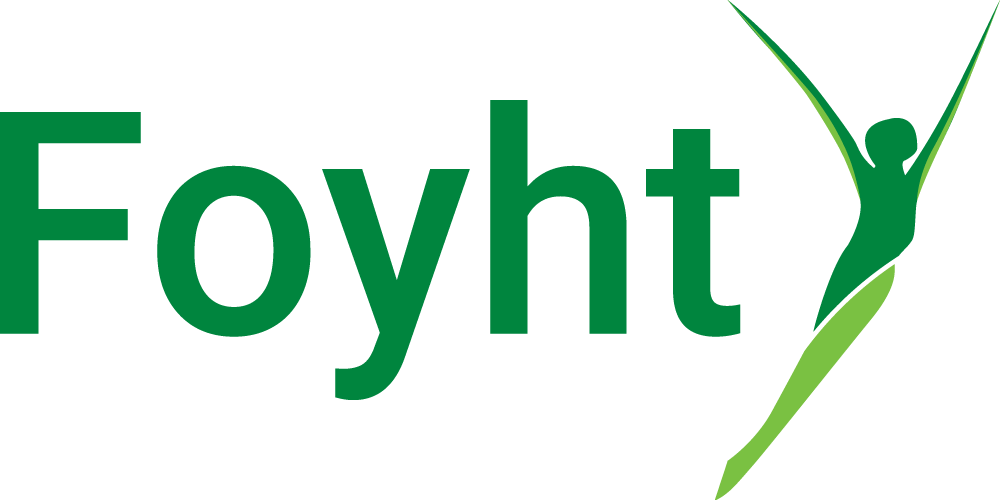When Beauty Becomes a Distraction from Healing
Imagine a world where you could physically split yourself in two. One half is the ideal version of you — the one you show to the world. Sculpted, styled, filtered. The other half is a walking representation of how you feel inside: tired, anxious, in pain, neglected. Now ask yourself — if your ideal self were responsible for caring for that inner self, as a parent is to a child, would that version be thriving or merely surviving?
This thought experiment isn’t abstract — it’s a metaphor for a reality many people live every day. In our modern world, the pressure to look good has never been greater. Social media filters and aesthetic trends have turned the pursuit of beauty into a never-ending project, while the mind and body are often left behind.
The Aesthetic Takeover
In the UK alone, non-surgical cosmetic treatments — like Botox, fillers, and body contouring — have surged by over 40% in the last five years, with the market expected to reach £3.6 billion by 2026. The rise of “tweakments” has normalised aesthetic intervention, making beauty seem like a baseline requirement rather than a personal choice.

Meanwhile, traditional holistic practices such as acupuncture, massage therapy, and integrative pain management continue to exist in the shadows, often underfunded or misunderstood. The NHS backlog for non-urgent surgeries like hernia repair or orthopaedic issues can now stretch to 4+ years, pushing people to either suffer in silence or turn to visible, fast-acting fixes that treat perception more than pain.
The inner cost is staggering. Mental health conditions now affect 1 in 4 people in the UK each year, and chronic pain affects nearly 15.5 million people, according to NICE. Yet these invisible struggles rarely make the Instagram reel. They don’t receive the same urgency or investment. As long as we look “well,” we’re treated as if we are. But looking good is not the same as feeling well. We are in danger of prioritising the performance of wellness over its practice. As a result, many are walking around like polished statues with broken scaffolding underneath.
A Call to Realignment
The split self experiment asks us to take accountability. If your perfect, outward self could turn around and see the state of your inner wellbeing, what would it see? Would it recognise burnout, anxiety, chronic pain, trauma? Would it offer help — or more pressure?

We must begin reintegrating our priorities. It’s not about rejecting aesthetic treatments, but about balancing them with care for what cannot be seen: nervous system regulation, emotional health, and physical alignment.
Holistic treatments are not a luxury — they are the ground floor of genuine, lasting health. Practices like electroacupuncture, sound healing, cupping, and bodywork are time-tested, non-invasive, and capable of delivering profound relief — not just from symptoms, but from the root causes of disconnection.
It’s time we reimagine health not just as the absence of illness or the presence of beauty — but as wholeness. When the inner and outer self are brought into alignment, true wellness becomes possible. Until then, the split self will continue — one half flawless and performing, the other forgotten and quietly breaking down.
Let us choose to care for both.
Main – Photo AI generated





